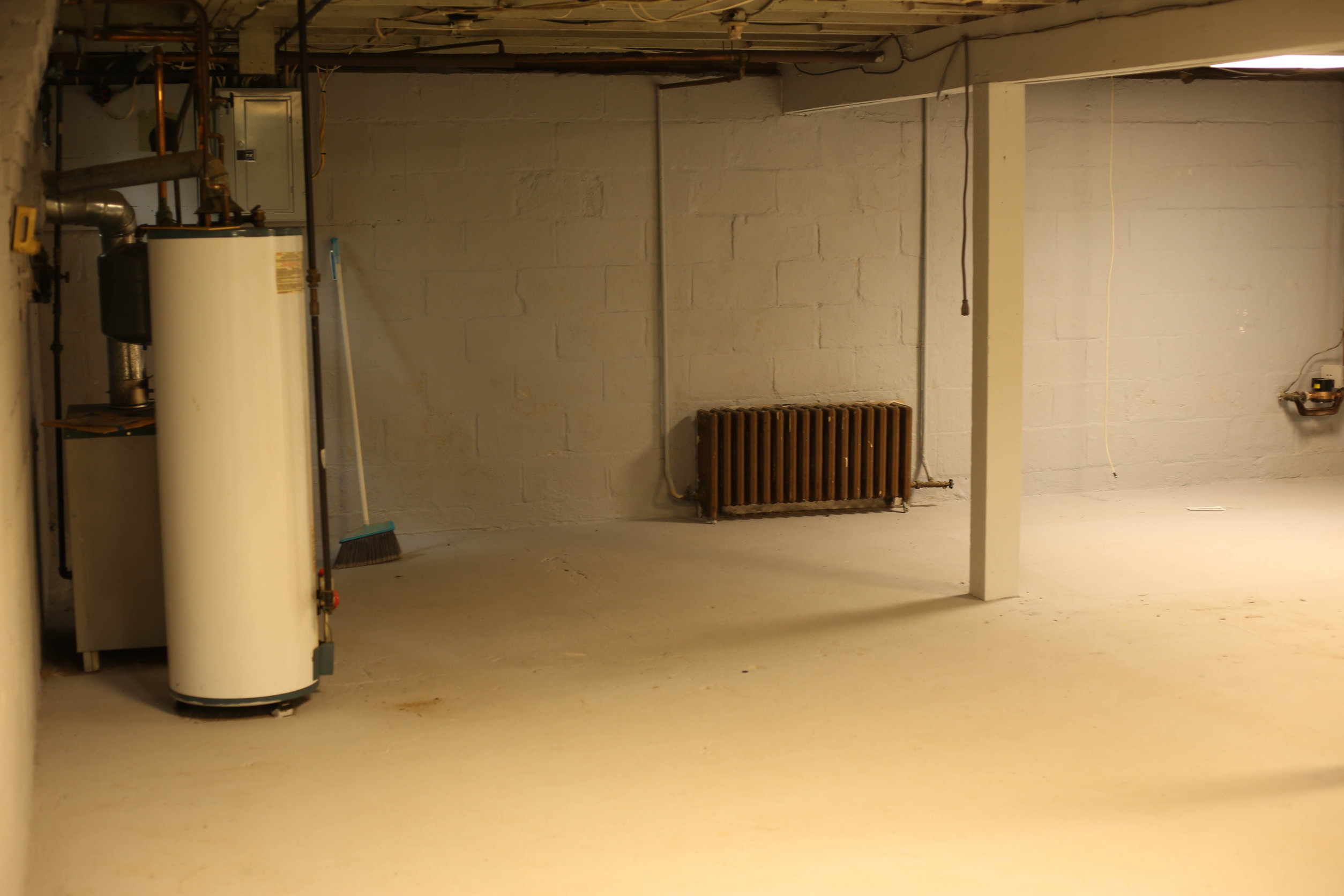The “For Sale” sign goes up, and suddenly, the house is pristine. Every pillow is fluffed, every surface gleams, and the scent of freshly baked cookies (or at least a cunningly named candle) hangs in the air. It’s a stage set for a performance where the goal is a quick, profitable sale.
But behind the cleverly arranged furniture and the strategic pot of coffee brewing lies a world of secrets. Savvy sellers are masters of the art of concealment, hiding a property’s flaws while accentuating its virtues.
Before you fall in love with a beautifully staged facade, it’s crucial to know what you’re really looking at—and more importantly, what you’re not.
1. That One Neighbor Who Throws Legendarily Loud Parties
Proximity to a problematic neighbor is a major red flag that sellers will go to great lengths to obscure. Open houses are strategically scheduled for quiet Tuesday afternoons, not on Saturday nights when the bass from next door starts vibrating the windows.
Sellers might casually mention how “quiet and peaceful” the street is, hoping buyers won’t knock on doors to ask the real questions. They are banking on the brief viewing window preventing any unfortunate discoveries about the neighborhood’s true character. This hidden social element can turn a dream home into a nightmare after the moving trucks leave.
2. The Lingering Ghost of Pet Odors
Pet stains and the pervasive smell of animals are meticulously masked before any buyer steps foot inside. Carpets might be hastily cleaned or even replaced, but the odors often linger in the padding and subflooring beneath. Heavy-duty air fresheners, ozone machines, and constant baking are employed to overwhelm the senses during a viewing.
A keen-nosed buyer might detect the underlying scent, especially in closets or on damp days. This is a classic concealment that can signal hidden damage and costly deep-cleaning expenses.
3. The Basement That Secretly Doubles as a Swimming Pool
A damp basement or a minor, recurring leak is often the most cleverly hidden flaw in any home. Strategic piles of stored boxes or a perfectly placed area rug can easily conceal water stains on the floor or a musty smell in the air. Fresh paint on basement walls might be less about aesthetics and more about covering up the tell-tale signs of past moisture intrusion.
Sellers are not obligated to point out every minor seepage that happens during a heavy rain, so buyers must be vigilant. Discovering this secret after moving in can lead to massive mold remediation and waterproofing bills.
4. The Symphony of Creaks and Groans in the Night
Noisy floors, squeaky stairs, and rattling windows are all temporarily silenced for showings. Sellers will often avoid walking on certain parts of the floor or using the problematic staircase during a tour to keep the home’s acoustic flaws a secret.
Background music is frequently played at a low volume to mask any potential creaks that might occur as people move through the house. These noises often point to settling foundations or subpar construction that can be expensive to fix. The true soundscape of the house only reveals itself when it’s empty and quiet.
5. The Electrical System That’s a Fire Hazard Waiting to Happen
Outdated or faulty electrical wiring is dangerously easy to hide behind walls and faceplates. Sellers are not going to point out the ungrounded outlets or the jury-rigged wiring in the attic that powers the garage. A flipped circuit breaker or a frequently tripping GFCI outlet will be reset and never mentioned during a negotiation. This is why a professional home inspection is non-negotiable, as an amateur eye cannot spot these hidden dangers. Overlooking this can lead to catastrophic risks and a complete, costly rewiring of the entire property.
6. The Kitchen Appliance That Has a Mind of Its Own
That sleek stainless-steel dishwasher might look brand new, but it could be on its last legs, ready to flood the floor after its next cycle. Sellers will run the appliances briefly to prove they turn on, but they won’t demonstrate a full wash or dry cycle that might reveal strange noises or error codes. A quick wipe-down can hide the fact that the oven doesn’t heat evenly or that the refrigerator’s icemaker has been broken for years.
These functional flaws are easily glossed over in the excitement of a viewing. Replacing a full suite of kitchen appliances is a significant and unexpected financial hit for any new homeowner.
7. The Patch of Roof That’s One Good Storm Away from Failure
Roof issues are notoriously expensive, making them a prime candidate for concealment. Sellers might have patched a small leak but will avoid disclosing the full history of problems or the roof’s true age. From the ground, a roof can look perfectly fine, hiding cracked or missing shingles, worn flashing, and soft spots. They rely on the fact that most buyers won’t get a ladder to conduct their own rooftop inspection before making an offer. This hidden flaw can result in a bill for thousands of dollars immediately after closing.
8. The Garden That’s Hiding a Toxic Secret
A lush, green lawn can be a beautiful selling point, but it might be disguising soil contamination or improper chemical use. Sellers are not required to disclose what fertilizers or pesticides they’ve used, which could have long-term effects on the soil’s health. A newly laid sod job might be covering a former area where oil was dumped or a pet was buried. This environmental secret can ruin gardening plans and even pose health risks, especially for families with young children. It is one of the most difficult issues to detect and remediate.
9. The Room That’s Legally Not a Room
That beautifully finished basement or converted attic might be marketed as a bonus room, but its existence could be completely off the books. Unpermitted work is a huge liability that sellers will never voluntarily highlight, as it can affect home insurance, taxes, and safety. A clever layout and stylish decor distract from the fact that there were no building permits pulled for the renovation. Buying a home with unpermitted additions can lead to fines and the costly nightmare of bringing it up to code. This legal secret can undermine the entire value of the property.
10. The Reason the Closets Seem So Spacious
The art of staging often involves a tactical reduction of the seller’s own belongings to make spaces feel larger. Closets are ruthlessly edited, with three-quarters of the clothing and boxes removed to create an illusion of abundant storage. Buyers see empty shelves and neatly hung shirts, not the reality of where a family’s actual clutter will go. This visual trick is designed to minimize one of the most common buyer complaints: lack of storage. The true test of closet space comes on moving day, when the reality of your own possessions sets in.
Look Beyond the Stage Set
The home selling process is a carefully choreographed dance of revelation and concealment. While not every seller is deliberately deceptive, their primary goal is to present their property in the most flattering light possible, which often means downplaying or hiding flaws. Understanding these common secrets empowers buyers to look more critically, ask better questions, and invest in the necessary professional inspections. A beautiful facade is designed to inspire emotion and prompt a quick offer, but a smart purchase is made with??-headed analysis. The true character of a home is always revealed after the curtains close and the new owners take the stage.
Have you ever moved into a home and discovered a hidden secret the sellers forgot to mention? Share your own surprising findings and lessons learned in the comments below.
Read More
6 Reasons You Should Always Negotiate The Real Estate Commission When Selling Your Home
10 Items That Could Ruin an Open House Without You Realizing


